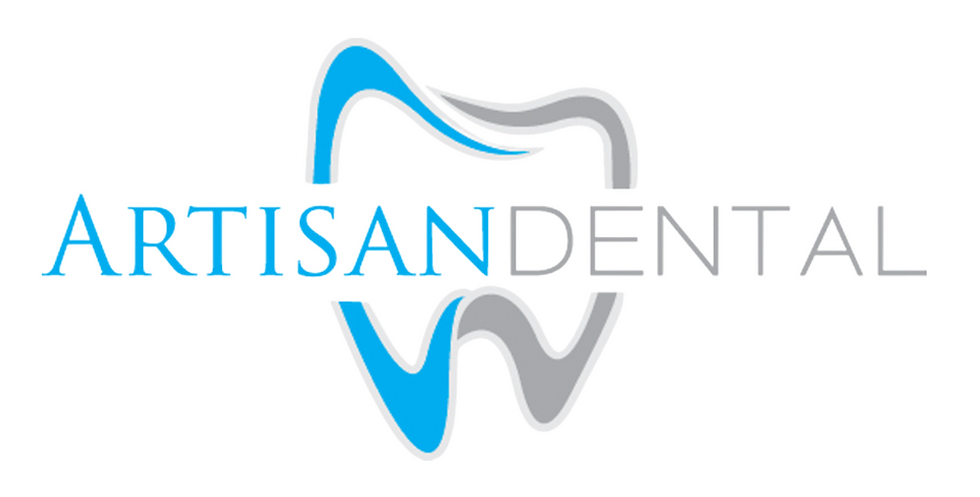
General Dentistry Services
Dental exams are usually performed every 6 months to a year depending on the health of your gums and teeth. Dr. Bourassa will determine the ideal interval for you. Regular dental exams are extremely important for preventative care and overall dental health. Catching problems early limits the size of the fillings and the scope of future problems.
Teeth cleaning is an important part of preventative care. Regular teeth cleaning cuts down on cavities, decay, periodontal disease and helps increase fresh breath. Bacteria in dental plaque are also linked to plaques in heart diseases. They are connected to many other health issues.
Healthy fillings for your mouth and longevity is important to Dr. Bourassa. Artisan Dentistry uses high-quality materials. They will choose the best composite fillings to keep your teeth healthy for years.
Years of coffee, tea and wine can take a toll on the overall color of your teeth. When you are ready to whiten your teeth, Artisan Dental will help you start a teeth whitening program. This will brighten your smile and boost your confidence. Many factors influence how your smile looks. Sometimes, the right fix is simply reshaping or adding a small amount of white filling or veneers. These solutions don’t require the extended treatment time that braces require and are often very stable.

General Dentistry Services
Maintain a healty smile
Cavities and gum disease may seem unavoidable, but they can be prevented. Proper brushing and flossing at home helps. Also, visit Artisan Dental CDA at least twice a year. During these regular appointments, we offer preventive treatments. These treatments help fix small problems early and can stop some issues from happening. This proactive approach leads to a healthier smile and shorter appointments—what’s not to love? To schedule your checkup and cleaning with us, call today to book your preventive dental care in Coeur d'Alene, Idaho.

Cone Beam Technology
Our machine leads the industry in low-dose imaging, providing 3D X-rays with one-third the radiation of competitors. It replaces 2D machines, which emit radiation equivalent to two days of background exposure. This technology allows for comprehensive views of teeth, essential for implant placement and diagnosing issues like broken roots and infections. The medical-grade images can also be analyzed by pathologists and radiologists, making it valuable for those with cancer concerns. Visit www.greenct.com for more information.
Diagnostic imaging is an important part of implant dentistry and is used to ensure safe and predictable treatments. A Cone Beam CT Scan (CBCT) is an imaging method used at Artisan Dental. It gives 3D images of the jawbone, teeth, and nearby important structures. These images help plan where to place dental implants. With its low cost, low radiation, and easy use, it is now a common imaging method for dental implant treatments. Placement of dental implants using conventional dental X-rays is no longer an accepted practice and is highly risky.
There are five major benefits of cone beam CT scan (CBCT) for dental implant planning and placement:
1. Precision placement of implants in the bone:
CBCT allows the surgeon to accurately measure and localize the available bone. Using 3-D software, we do a virtual implant placement with precise position and sufficient bone coverage. If bone is deficient, it is augmented using various bone grafting techniques. The key is to place the implant where it best supports the restoration while keeping it in healthy and abundant bone.

2. Proper orientation of the implant with its overlying restoration:
A CBCT is merged with an optical scan of the patient’s teeth (digital impression) to create a complete bone, teeth, and soft tissue virtual model. The dental implant surgeon and the restorative dentist then, in collaboration, design the perfect bite and precise position of the implants to support the planned restorations. This prevents misaligned implants, which may be difficult or impossible to restore, and avoids poor aesthetics and function.

3. Prevention of injury to nerves:
Using the CBCT, the surgeon maps out the path of the sensory nerves in the jawbone and selects the right implant length. Conventional X-rays are flat and distorted and are poor diagnostic images for predicting the position of the nerves. Nerve damage from dental implant placement can cause numbness in the lip and chin. This numbness may be partial or complete and could last a long time. CBCT is a mandatory imaging technique to prevent this serious complication.

4. Prevent implant penetration into the sinus:
CBCT provides an accurate picture of the maxillary sinus and its position in relation to the available bone. The surgeon can make an accurate measurement and select the right implant length to avoid puncturing the maxillary sinus. Penetration of the maxillary sinus can lead to sinusitis or other inflammatory conditions. The surgeon can also plan for necessary bone grafting if there is insufficient bone to support the implant. Conventional X-rays are not very accurate for this purpose. They do not provide the necessary information. This information is important for safely placing dental implants in the back of the upper jaw. This area is close to the maxillary sinus.

5. Selection of the right size implant for optimal support:
The longevity and success of dental implants require maximal integration and stability in the bone. CBCT allows the surgeon to measure the available bone and select the widest and tallest implant appropriate for the site. This, in turn, helps to support the high bite (occlusal) forces and avoid potential failure from overload. Implant size selection should not be guesswork! Implant selection is made based on precise measurements, biological requirements, bite scheme, and individual patient needs.

With the clear benefits it provides by offering safer and more predictable outcomes, CBCT should be a mandatory diagnostic imaging for every implant treatment. Not using CBCT for planning is unwise for the surgeon and creates unnecessary risk for the patient. Want to learn more about maintaining your oral health? Check out our blog for some tips.


